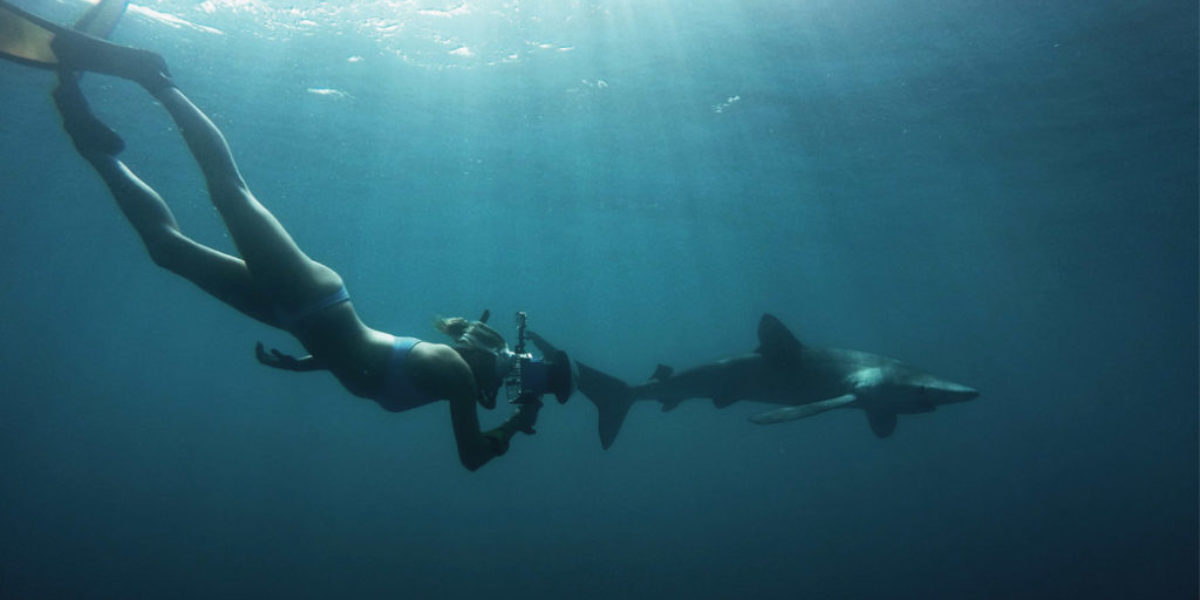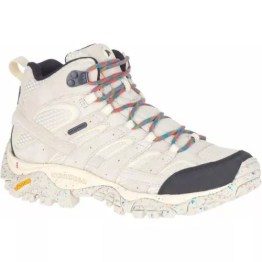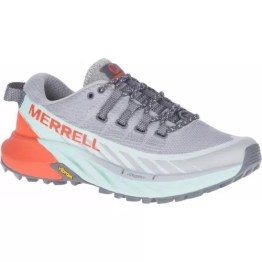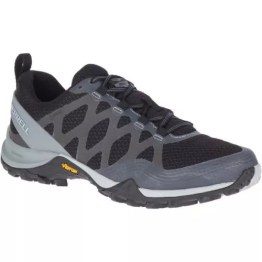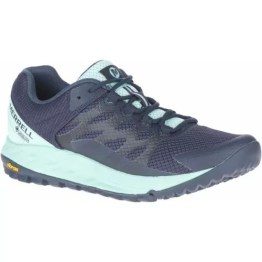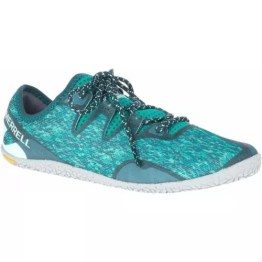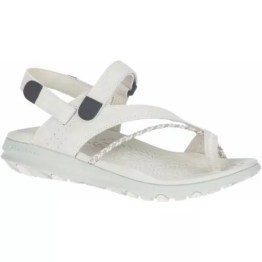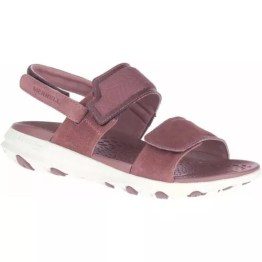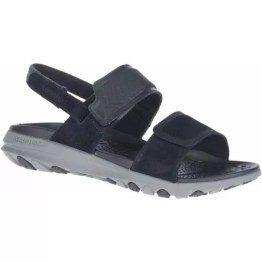Underwater Photography – Photos With A Bite
Take a dive into the world of underwater photography.
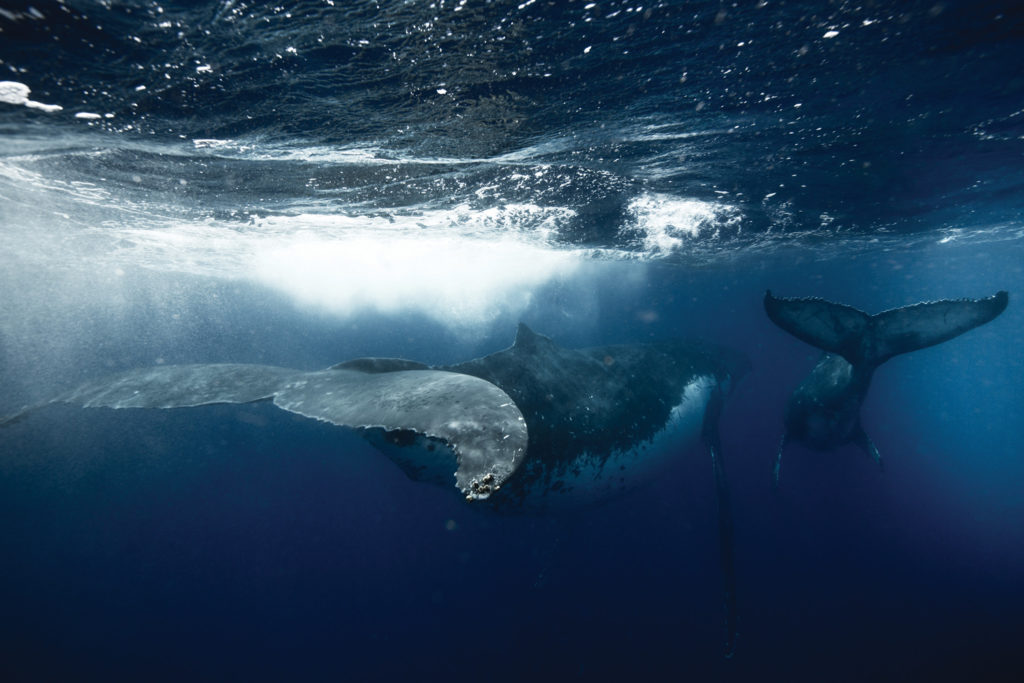
Amber Jones has always had an affinity with the ocean – whether its surfing, swimming or free diving, it’s one of her favourite places to be. She decided to take her love for the ocean along with her passion for photography to create her own business, Amber and Friends, which specialises in underwater photography and videography.
A usual day for her involves being in the ocean photographing surfers, schools of fish, dolphins and even sharks. Jones hopes to transport viewers of her work to another world they may not be familiar with and encapsulate the feelings she herself gets from being in the sea. We had a conversation with Jones to find out all about her life under the sea.
How did you turn underwater photography into a business?
“I come from an advertising background originally, so I think that helped [with the business side] but it was a baptism by fire really. I used to just take a lot of random snaps and Gopro footage and I love everything about the ocean – I do a lot of free diving, swimming, surfing and swimming with sharks, so one day I just decided to start bringing my camera down.
“Then last year I did a freediving course in Hawaii and it was amazing. It helped me to be able to stay underwater for longer while taking my photos by holding my breath for longer, which allowed me to get even better shots. Now I work from home in Tairua and do all my editing and photo-grading here. I started selling my prints as well after someone on Instagram asked if I could make prints and the interest really started from there.”
You mentioned swimming with sharks – how did that happen?
“My partner, Riley, is a marine biologist and a shark scientist and he taught me so much about the sea and sharks. He took me free diving with sharks and I thought it would be amazing to photograph them and show people this other side to them instead of what they’ve seen in movies. We try and educate others on sharks and the negative stereotypes surrounding them.
It’s often actually really hard to get photographs of sharks. You have to spend hours waiting with food for these sharks to show up; some days, I’ll only see one or two and other times, there’ll be none.”
Was swimming with sharks for the first time, unsettling?
“The first time I did it, I didn’t take the camera with me. Eye contact is your best defence from sharks, so I just tried my best to do that. It was incredible – I wasn’t scared one iota; I was just taking it all in. I was in complete awe. It’s super-exhilarating and calming at the same time. With my photos, I’m always trying to show every side of what I’m feeling when I’m out in the ocean, so when I photograph these sharks, I hope people can feel the same kind of feelings I did on that first time.”
What are your favourite spots to shoot at?
“Most of them are a secret! I do think the Coromandel is an adventure playground for Riley and me because it’s so diverse – the whole of New Zealand is, really!”
What kind of gear do you take underwater with you?
“I hate wearing any kind of scuba diving gear because it’s so heavy and a hassle to get on, and my camera is already heavy enough by itself. I like to feel as one with the water as possible, so usually I’ll wear a wet suit or just a bikini. After that, I just tie some weights to myself and free dive down.”
Are there any concerns associated with free diving?
“It can be scary at times – basically with free diving, you learn to hold your breath for longer than what is natural; you switch off the feeling of needing to breathe. There is a dangerous threshold between being okay and not having enough oxygen and you can blackout. You always have to make sure you’re diving with a buddy. Sometimes I’ve pushed myself too hard and almost blacked out because I just become fully focused on my camera.”
What has been the most awe-inspiring moment in the ocean for you?
“The first time I saw Riley diving with sharks was amazing – just seeing the way he interacts with sharks. I felt like crying underwater, it was insane. Also when I was free diving in Tonga, I saw a mother and calf whale, and the bond between this mother and calf was so intense that I could feel the connection through the water.”
Where in the world would you most like to shoot?
“That is a hard one! There are so many. It’s always hard to choose where to go next. We have to choose between surfing or free diving because we can’t take all of the gear on a plane. This year, we’re going to Tahiti, which I’m really excited for. I would also love to do a lot more of the New Zealand coasts and see the massive dolphins in the Fjords. I’m a sucker for warm water though, so Tahiti is at the top of the list.”
From spending so much time with sharks, is there anything you wish the public knew about them?
“Probably about 100 million sharks are killed every year for their fins and they die a slow and painful death. Having their fins cut off is like us having our arms and legs cut off and they end up drowning slowly. New Zealand used to be one of the biggest shark fin exporters in the world but now, thankfully, it has stopped. I think people also need to realise that fishing nets and plastic are a massive issue with sharks – sharks are the doctors and garbage men of the ocean and without them there is no ocean so we need to protect them.”

How does an average shoot day go?
“I get up super-early because that’s when all of the fish are feeding – so usually 5:30am and I’m on the boat as the sun rises. I’ll get the camera all ready and Riley will start getting the sharks together by making a chum trail; it melts into the ocean and we drift with it. Sharks have a really incredible sense of smell and they will smell the chum and head towards the boat. When this happens, Riley will check how the sharks are behaving. He’ll jump in the water and assess the situation, and then once I’ve got the all clear, I jump in and start shooting.”
What’s the best piece of advice you’ve ever received?
“This is something Riley’s Dad told me: ‘Never chase money or success, follow your passion, become the best at it and the money and success will follow.’”
What do you hope people take away from your images?
“The ocean is my muse, she’s my workplace, my source of food, my adventure playground and my university. If I can inspire people to care about it [the ocean] through my imagery, then I’m doing my job right.”
